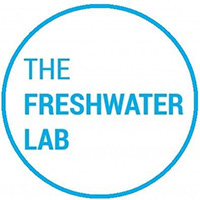The Chicago River once flowed gently into Lake Michigan, meandering through a spongy wetland that sprouted the “zhegagosh,” the pungent wild onion rooted in the city’s name.
The river’s two natural branches met at a middle that was destined to become downtown and to forever divide the city into north and south sides. A coastal river, the little Chicago turned through a freshwater slough. But city leaders and engineers cut a canal through wetlands and prairie to force the Chicago to meet the Mississippi. As a result, the lazy creek has a history of hyperbole: It is the first river to have its flow reversed by an industrial system of pumps and locks. It fuses via its canal the distinct Great Lakes and Mississippi River watersheds like freeways for barge traffic. It serves as the world’s biggest toilet by flushing Chicagoland’s waste and rain all the way to the Gulf of Mexico.
When people observe the canal, it is bound up in two conflicting narratives. In one, it is an engineering marvel, praised for its use in reversing the Chicago River. In the other, the canal is the pathway for unwelcome species, known as “bio-invaders,” who threaten the Great Lakes.


